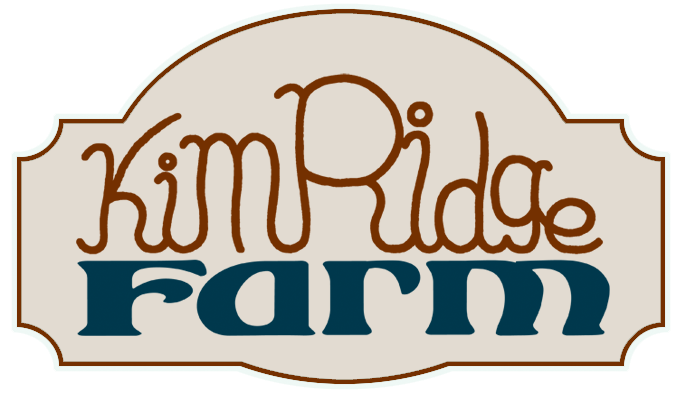Introduction: The Benefits of Machine Knitting Socks
Machine knitting offers a fantastic way to create folded-hem socks with speed, precision, and professional-quality results. Unlike hand knitting, a knitting machine allows you to quickly correct mistakes or modify patterns on the fly, saving valuable time. This flexibility also means you can experiment with different yarns and combinations without worrying about long hours of rework. Whether you’re making socks for yourself or as gifts, machine knitting ensures a consistent, snug fit with beautiful, polished finishes in a fraction of the time.
Yarn & Gauge
For this project, we’re using lace wool yarn with the following gauge:
- Knitting machine: KnitKing Compuknit IV
- Yarn Tension: 7
- Stitches per inch: 8
- Rows per inch: 11
Foot Measurements
Before we start, here are the foot measurements we’ll be working with:
- Foot length: 9.5”
- Distance from ankle bone to big toe joint: 6.5”
- Ankle circumference: 8” at the narrowest point
Since socks need to fit snugly, the pattern includes negative ease, meaning the sock is knitted slightly smaller than the foot. Wool’s natural elasticity ensures a comfortable stretch.
Creating a Snug Fit
- The cuff is designed to fit securely around the ankle to prevent slipping.
- The ankle circumference with negative ease is 6.75”, ensuring a snug but comfortable fit.
- Use yarn tension 7 for the cuff portion of the sock.
Step 1: Knitting the Folded Hem on the Ankle
- Cast on 62 stitches using waste yarn using open cast on method.
- Knit about two inches.
- Remove the waste yarn from the carriage.
- Insert the working yarn and knit 56 rows at tension 7.
- Fold the hem to create a smooth edge.
Step 2: Shaping the Ankle to Heel Band
The bridge of the foot is the widest part, so we need to increase number of stitches for a comfortable fit.
- Reset row count to 0 (RC=0);
- Keep tension at 7and knit 4 rows;
- RC=4: increase 2 stitches, one one each end, and knit 4 rows;
- RC=8: increase 2 stitches and knit 4 rows;
- RC=12: increase 2 stitches and knit 4 rows;
- RC-16: increase 2 stitches and knit 4 rows;
- In total, you have knitted 20 rows with 8 increases.
Now we have a total of 70 stitches (35 on each side of zero).
Step 3: Knitting the Heel with Short Rows
To shape the heel:
- With the carriage on the right, move half of the needles to the left of zero to the E (non-working) position.
- Set the cam lever to H position (this ensures only the working needles are knitted).
- Decrease stitches as follows:
- Move the first needle opposite the carriage to E position.
- Wrap the yarn under the first needle to avoid holes.
- Continue until 11 stitches remain in the center.
- Attach claw weights to stretch the curled fabric. Otherwise, the stitches can easily fall off the needles.
- Start increasing stitches, by bringing the innermost needle on the opposite side of the carriage back to the working position one at a time, until all needles are back in place.
- You don’t need to wrap the yarn around the needle this time.
- The heel should now have a natural curve.
Step 4: Knitting the Bridge of the Foot
- Reset your row counter to zero.
- All needles are in working position.
- You can keep the cam lever in H position. All needles will be knitted because they are in working position.
- Knit 8 rows
- RC=8: Decrease 2 stitches (one on each side) and knit 8 rows;
- RC=16: Decrease 2 stitches and knit 8 rows;
- RC=24: Decrease 2 stitches and knit 8 rows;
- RC=32: Decrease 2 stitches.
- Now, you have 62 stitches (31 on each side).
- Continue knitting without decreases until the row counter reaches 44 rows.
This section covers the distance from the ankle bone to the toe box with negative ease, ensuring a snug fit.
Step 5: Shaping the Toe Box
The toe box is knitted similarly to the heel:
- Move left-side needles to E position.
- Make sure the cam lever is in H position.
- Work short rows until 11 stitches remain.
- Begin increasing, moving one needle at a time back to the working position.
- When all stitches are back in place, knit one half-row to bring the yarn to the center.
- Cut the yarn, leaving a long tail (3x the width of the sock) for stitching.
- Insert waste yarn and knit a few rows at tension 7 or 8 to secure the work.
Step 6: Stitching the Sock
Now it’s time to seam the sock together:
- Use Kitchener stitch for the toe box for an invisible finish.
- Use mattress stitch to seam up the length of the sock, including the folded hem.
Right Sock vs. Left Sock
Since the socks are knitted flat on a machine, they need to be stitched together. To create a mirror image for each foot:
- Ensure the seam runs along the inside of the foot for a polished look.
- Adjust your starting position so the left and right socks are symmetrical.
- When knitting short rows, work the increases and decreases on the right side of zero for the left foot and left side of zero for the right foot.
Final Thoughts
Congratulations! You’ve just knitted a beautifully crafted wool sock with a perfect fit. This technique ensures warmth, comfort, and a professional finish. Happy knitting!


